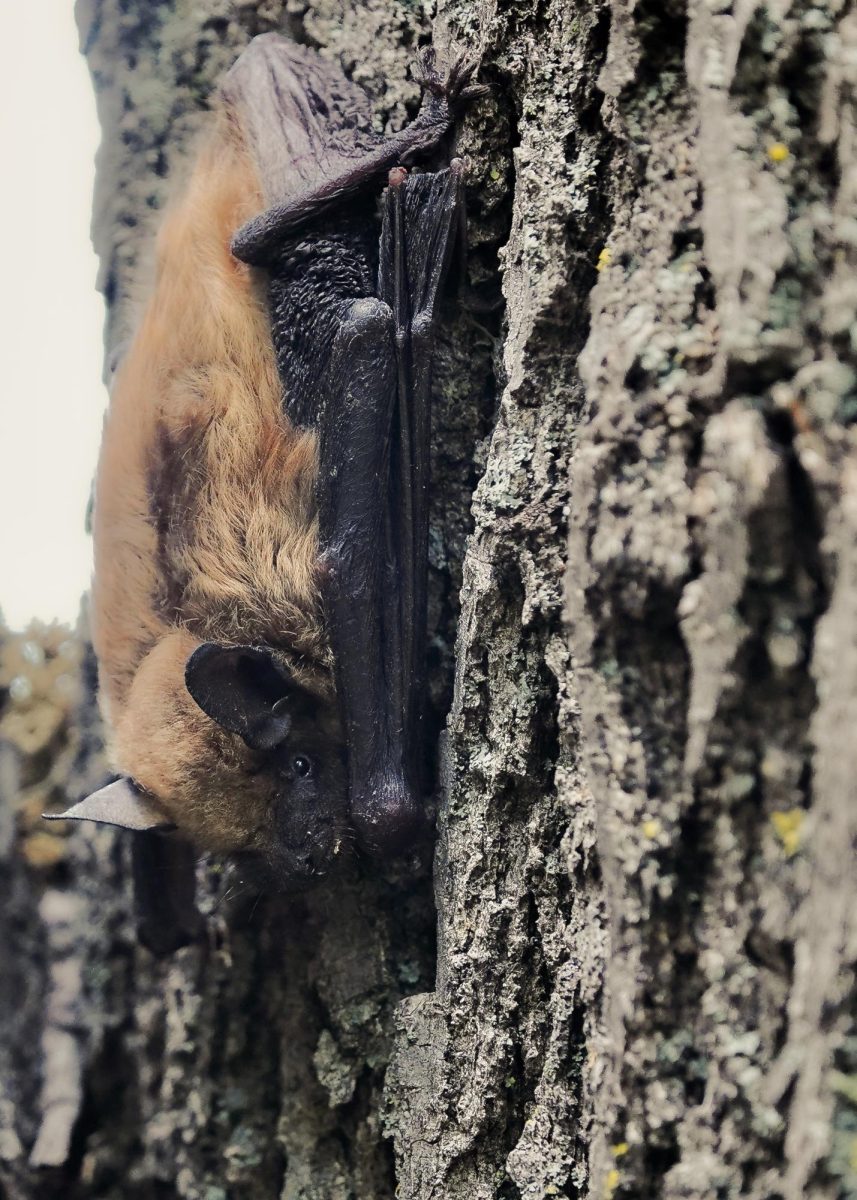After the decision was made to end the SAFEcab program last year, groups across campus are promoting a new city ordinance that allows private cabs more access to the State Street area late at night.
The Associated Students of Madison Student Services Finance Committee voted to cut the SAFEcab service at the end of last spring semester. The service was funded partly through segregated fees and partly through UW Transportation Services, she said.
Shared Governance Committee Britt Moes said ASM felt the cab service was expensive and underutilized. The committee had to pick services to cut and chose those not generating as much use from students.
Darwin Ward, manager of UW Transportation Services commuter solutions, said the cab program was always a “last resort” option.
“The number of cabs allowed per semester per student was very limited, so it never could have formed the main portion of nighttime transportation for an individual,” he said.
To make up for the loss of SAFEcab, the Madison city council passed an ordinance early last semester allowing taxi cabs to provide service on the 500 block of State Street between 10 p.m. and 4 a.m.
City council members felt it was in the best interest of the city to allow cabs to cruise specific parts of the street during prime night life hours to provide a safe alternative mode of transportation for students, Ald. Scott Resnick, District 8, said.
Resnick said the ordinance has made it easier to diffuse late night situations on State Street and clear out the area after bars close. The ordinance also allows for students to get home immediately after they leave the bars in the same way SAFEcab did, he said.
“[The ordinance] allows students greater access to cabs,” Resnick said. “I believe downtown is safer with the ordinance in place.”
Moes said many students were initially unhappy with the decision to eliminate the service, although it is a less frequently discussed issue now.
In response to student concerns about eliminating SAFEcab, ASM began working with UW Transportation Services to reincorporate the service into the budget during last semester. However, progress has been stagnant on making this a reality, Moes said.
According to Ward, it is up to the discretion of the student government to decide whether to reinstate the service or not.
“I don’t foresee [SAFEcab] happening,” Moes said. “Seg fees would have to increase in order for it to be put in the budget.”
As for the future of nighttime transportation, Moes said ASM is working to ensure other late night options for students are not also cut from the budget. Lighted walkways and campus buses are main priorities for ASM, she added.
She said it is important to keep the buses running because they are the mode of transportation most frequently used by students to get home. More students are taking the bus at night than anything else, Moes said.
Despite the end of SAFEcab, students have no shortage of options for getting home at night, Ward said, noting UW’s three SAFEride bus routes and the SAFEwalk walking escorts.
“UW Transportation Services has not created any new program to replace the cab program per se,” Ward said. “Instead [we] have focused on promoting our SAFEwalk program and also making sure that those who call SAFE services are made aware of the buses and paid cab options.”












